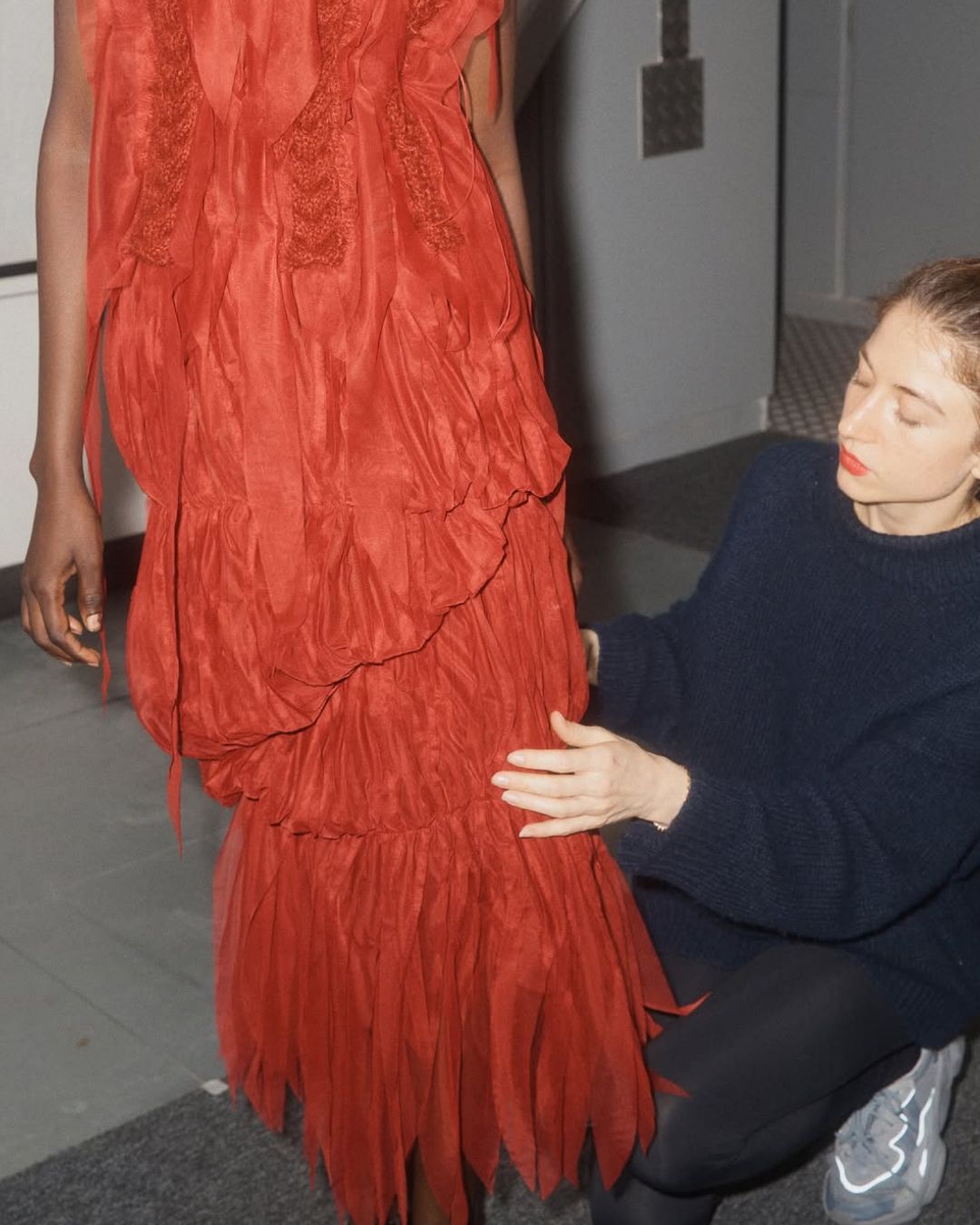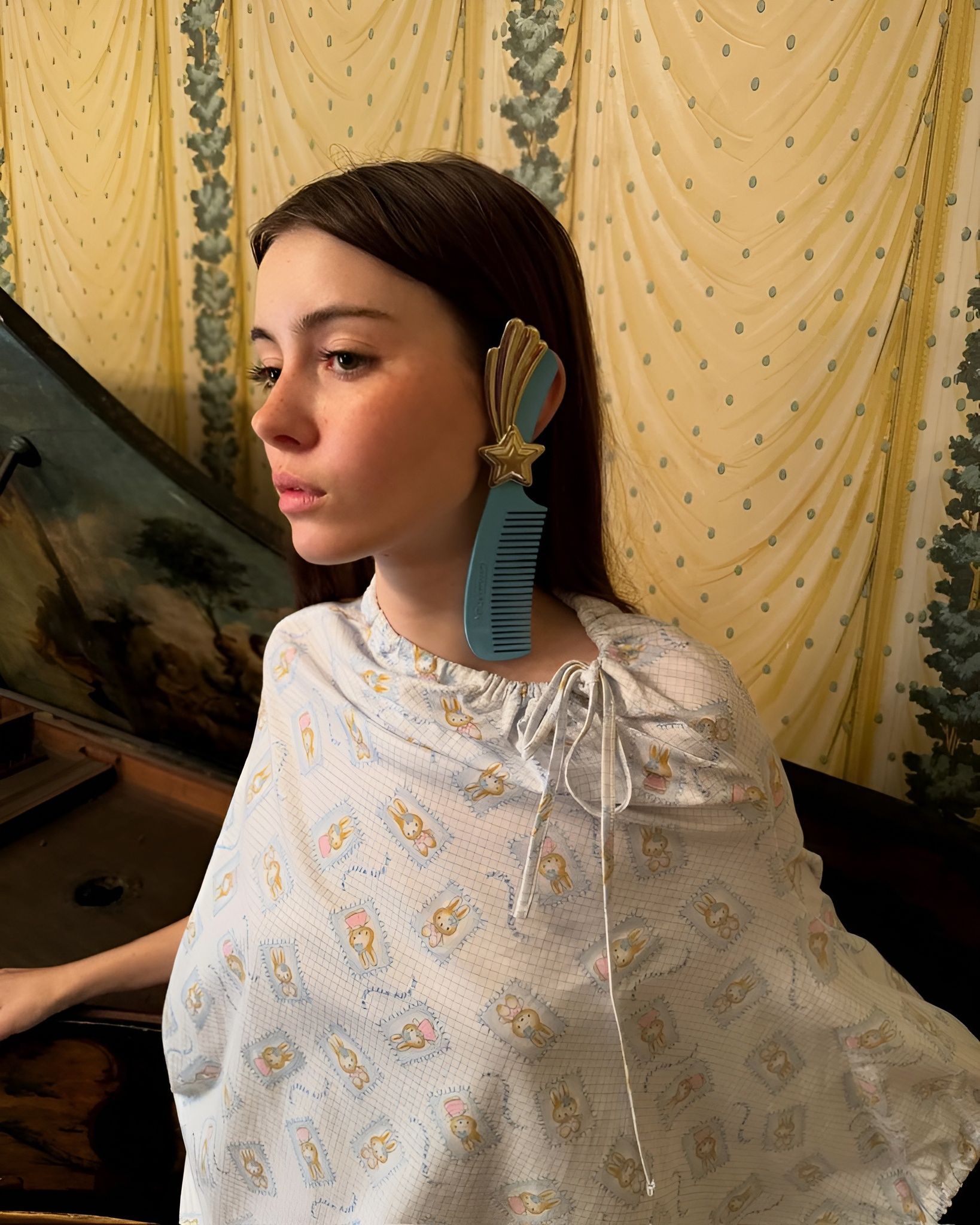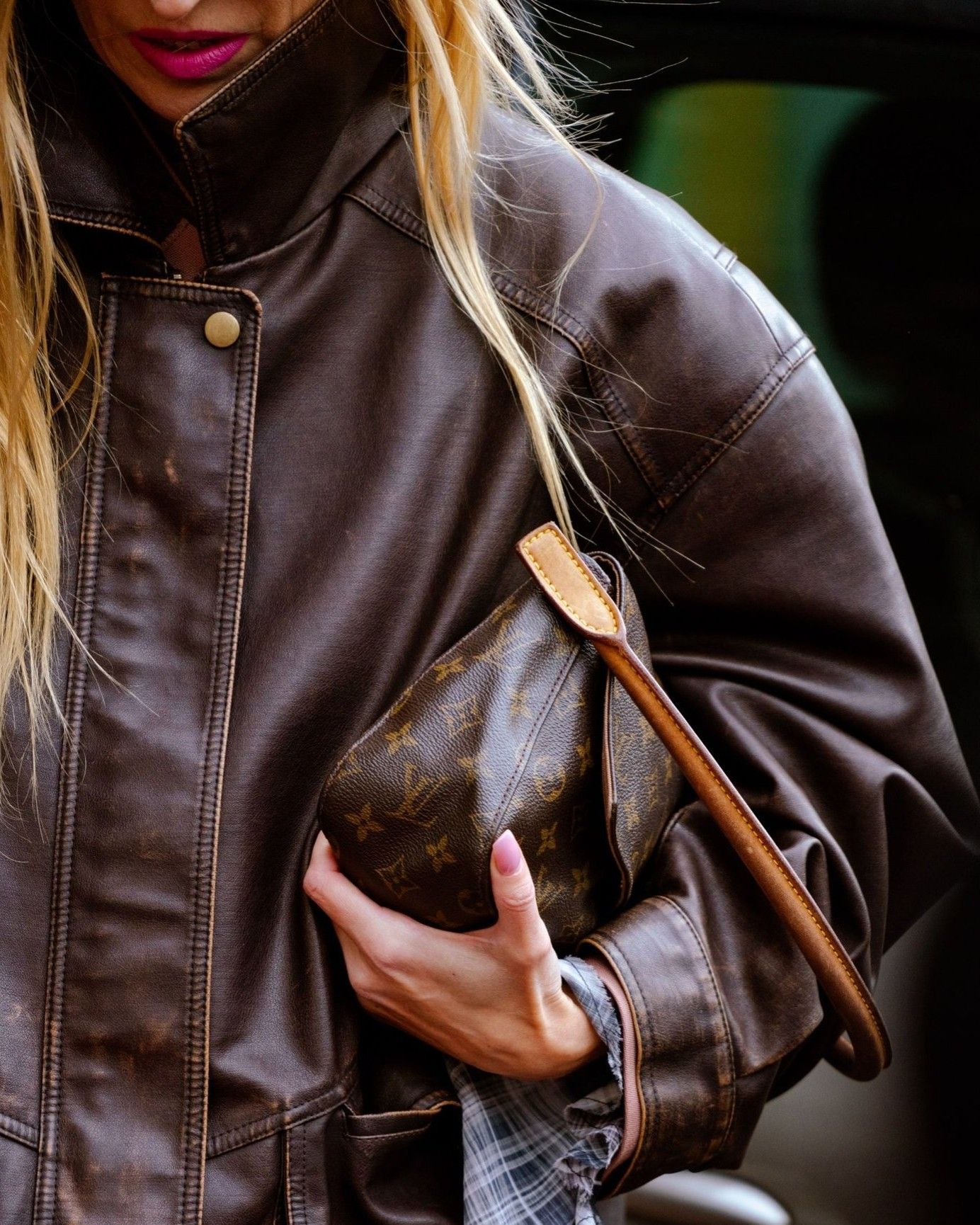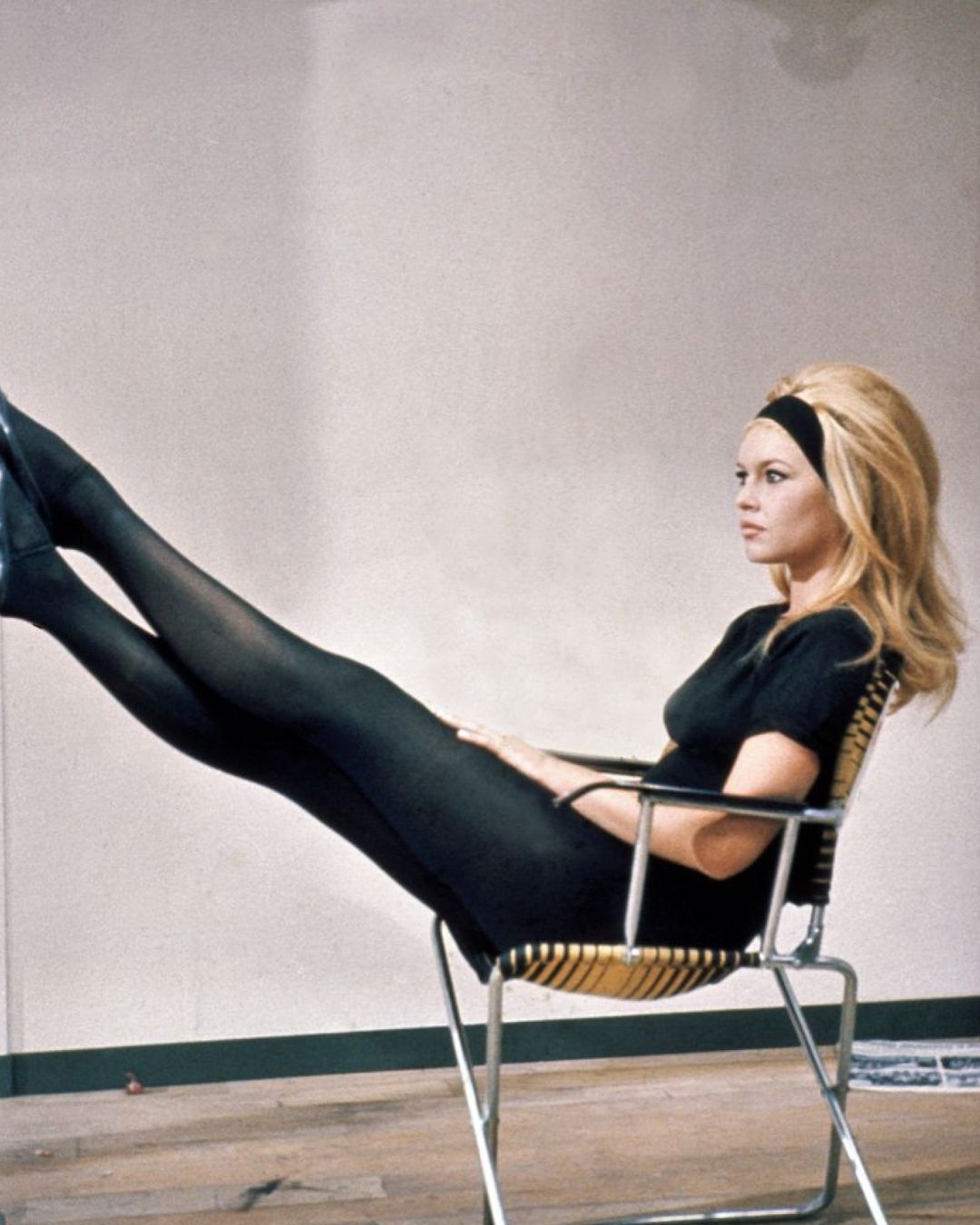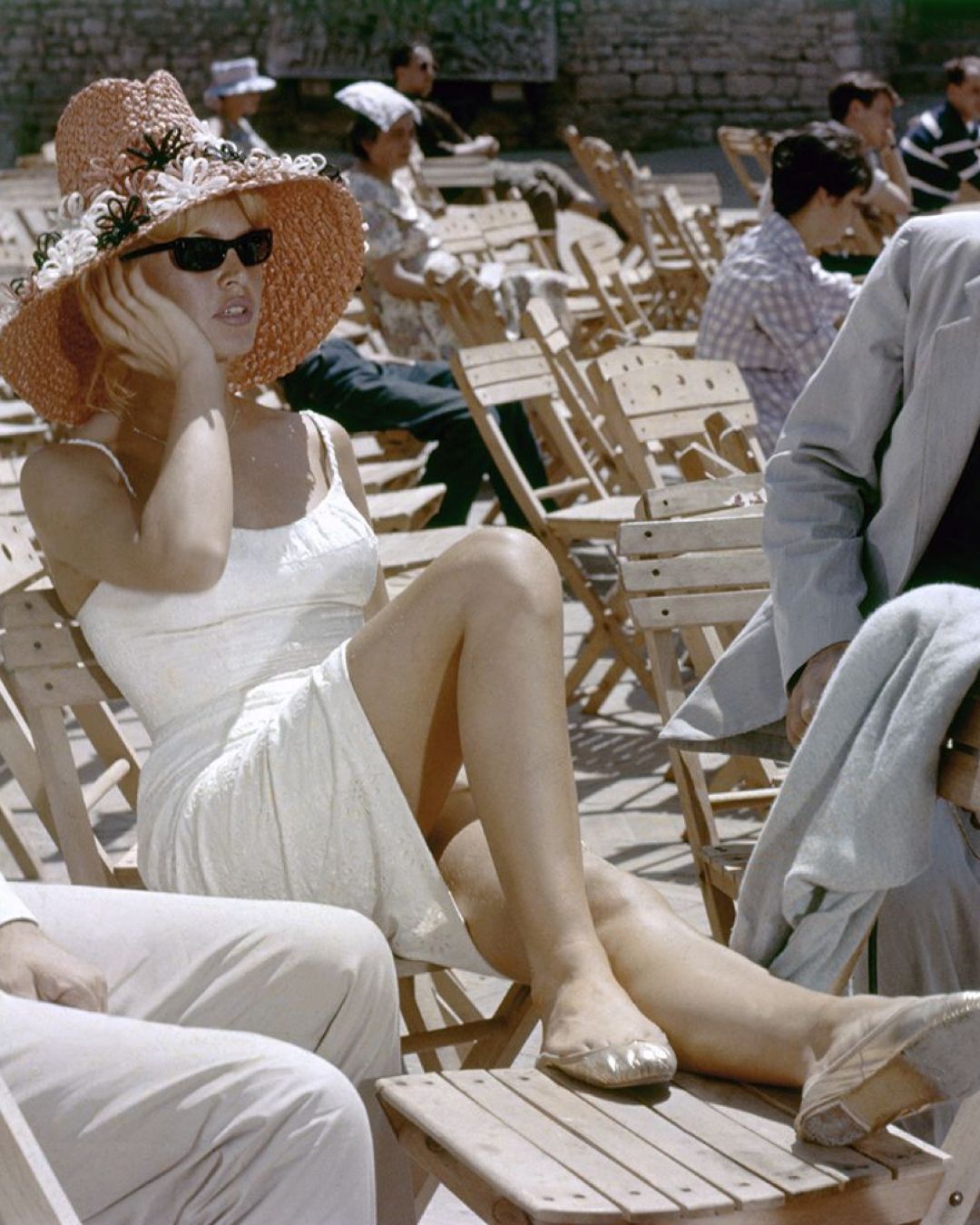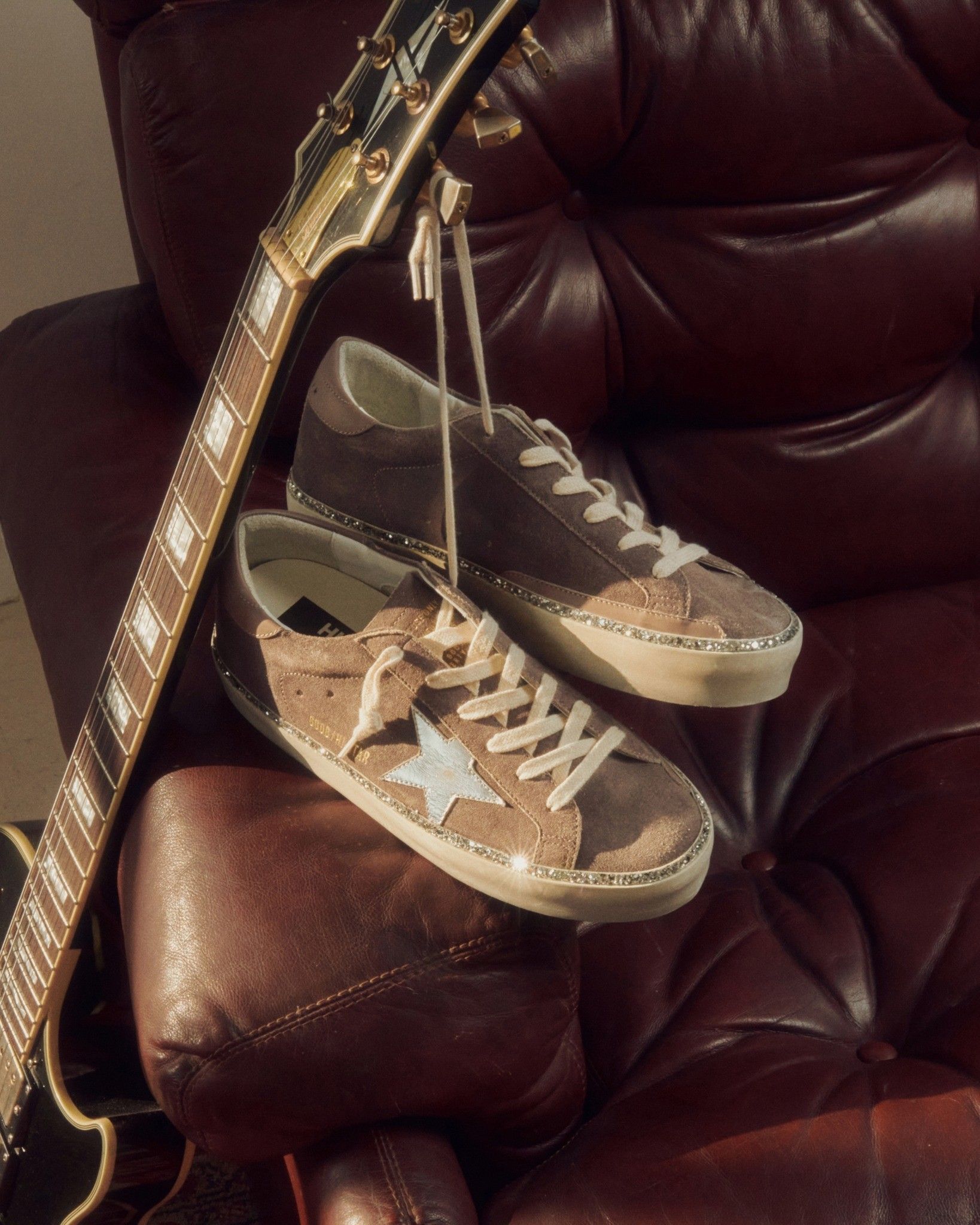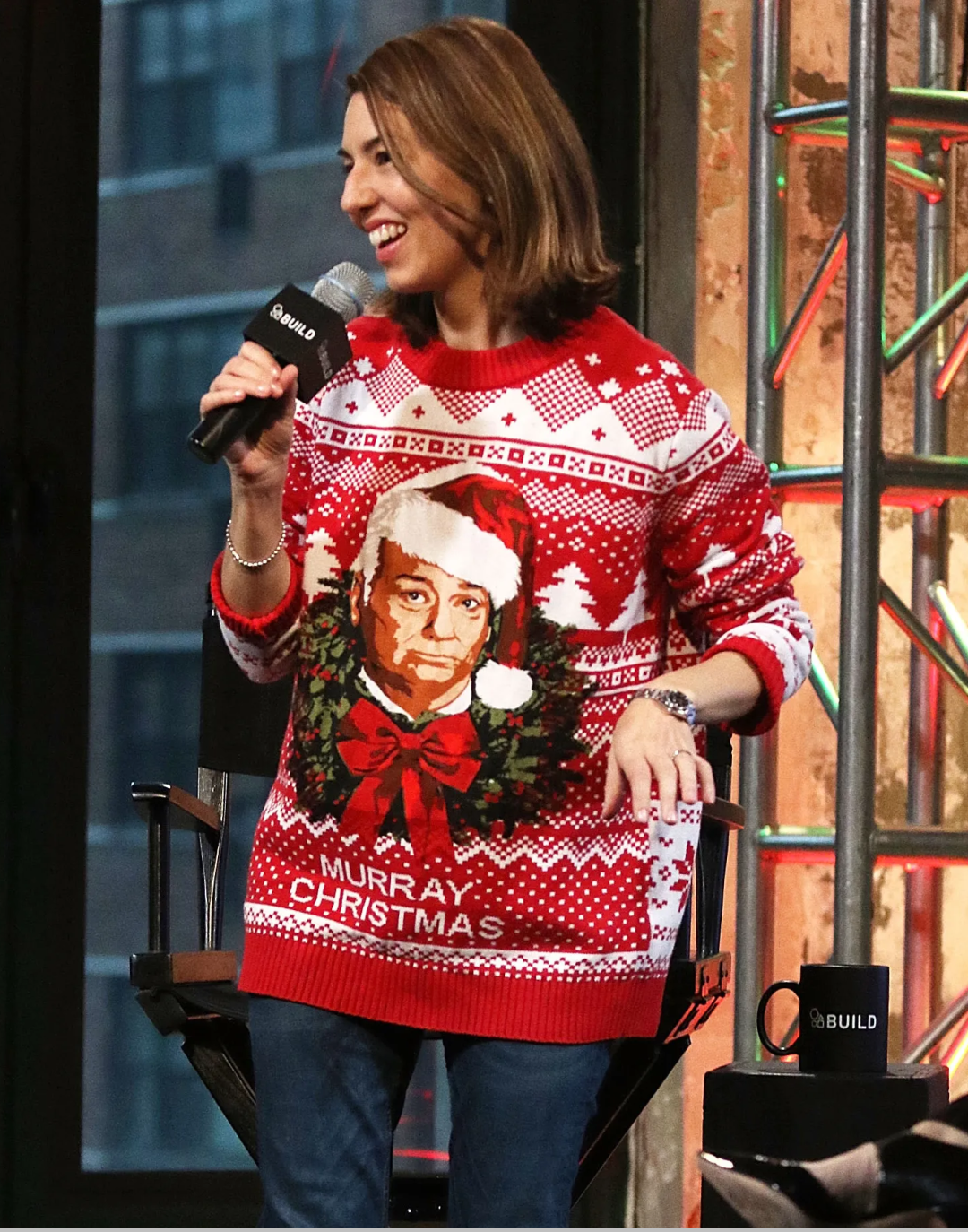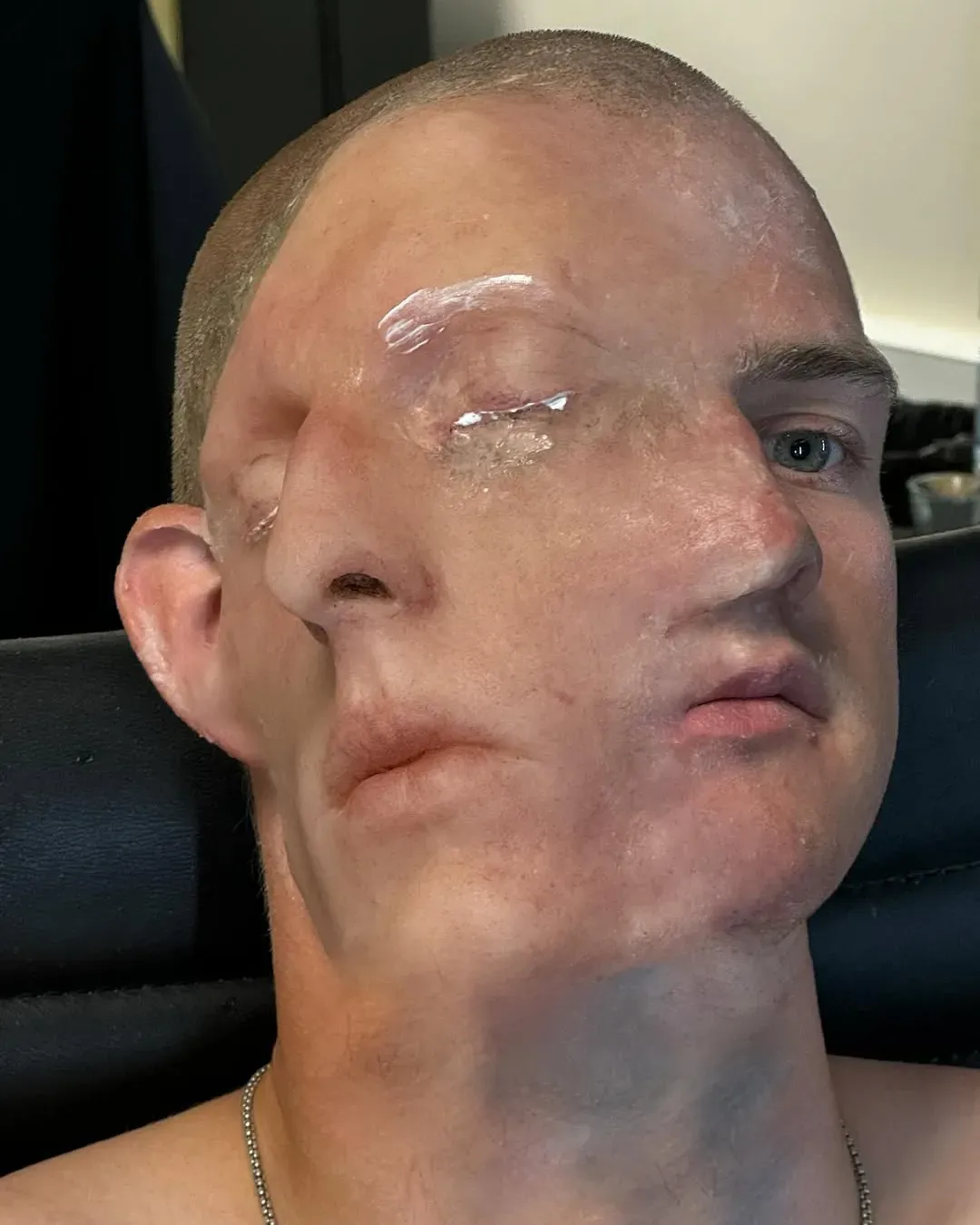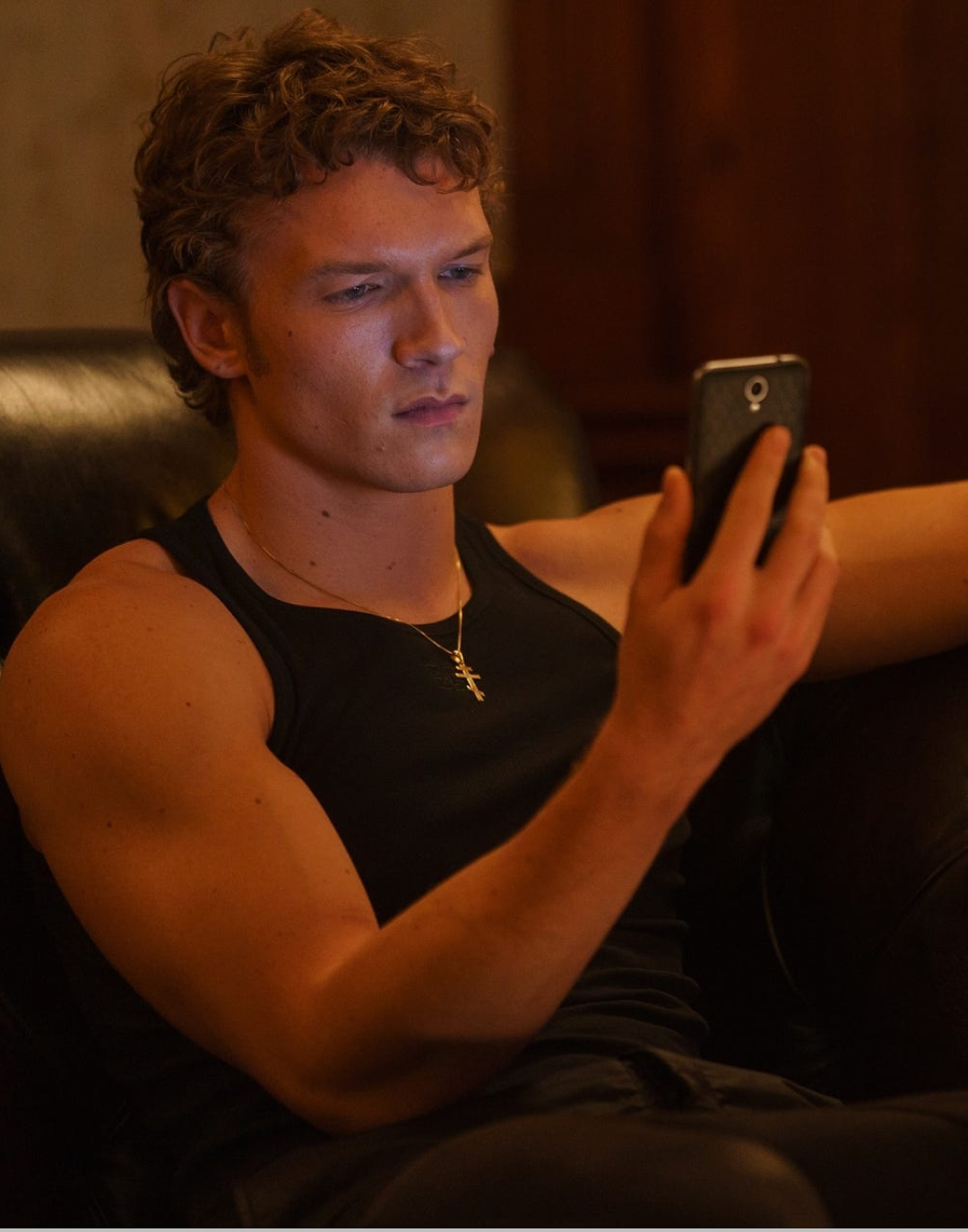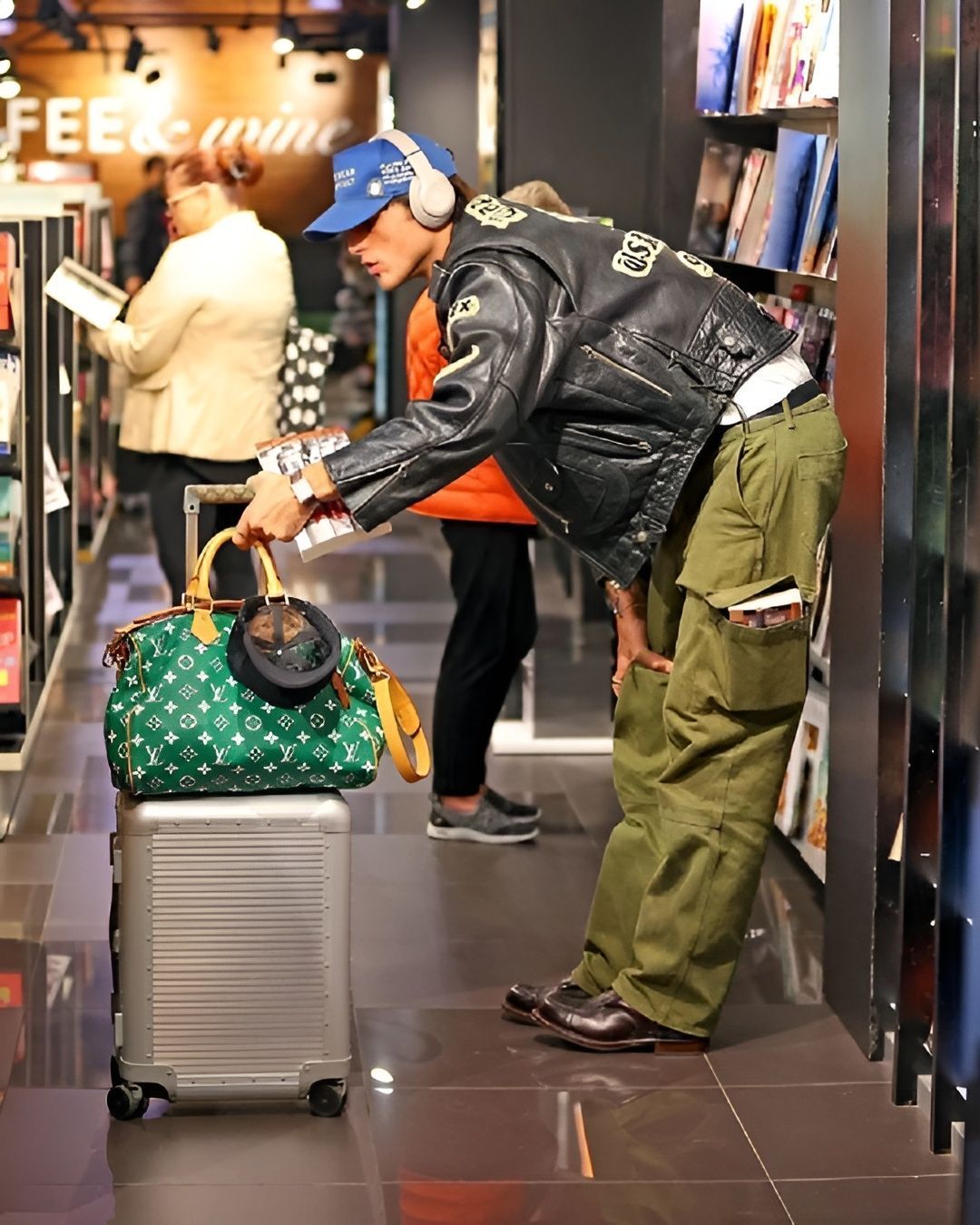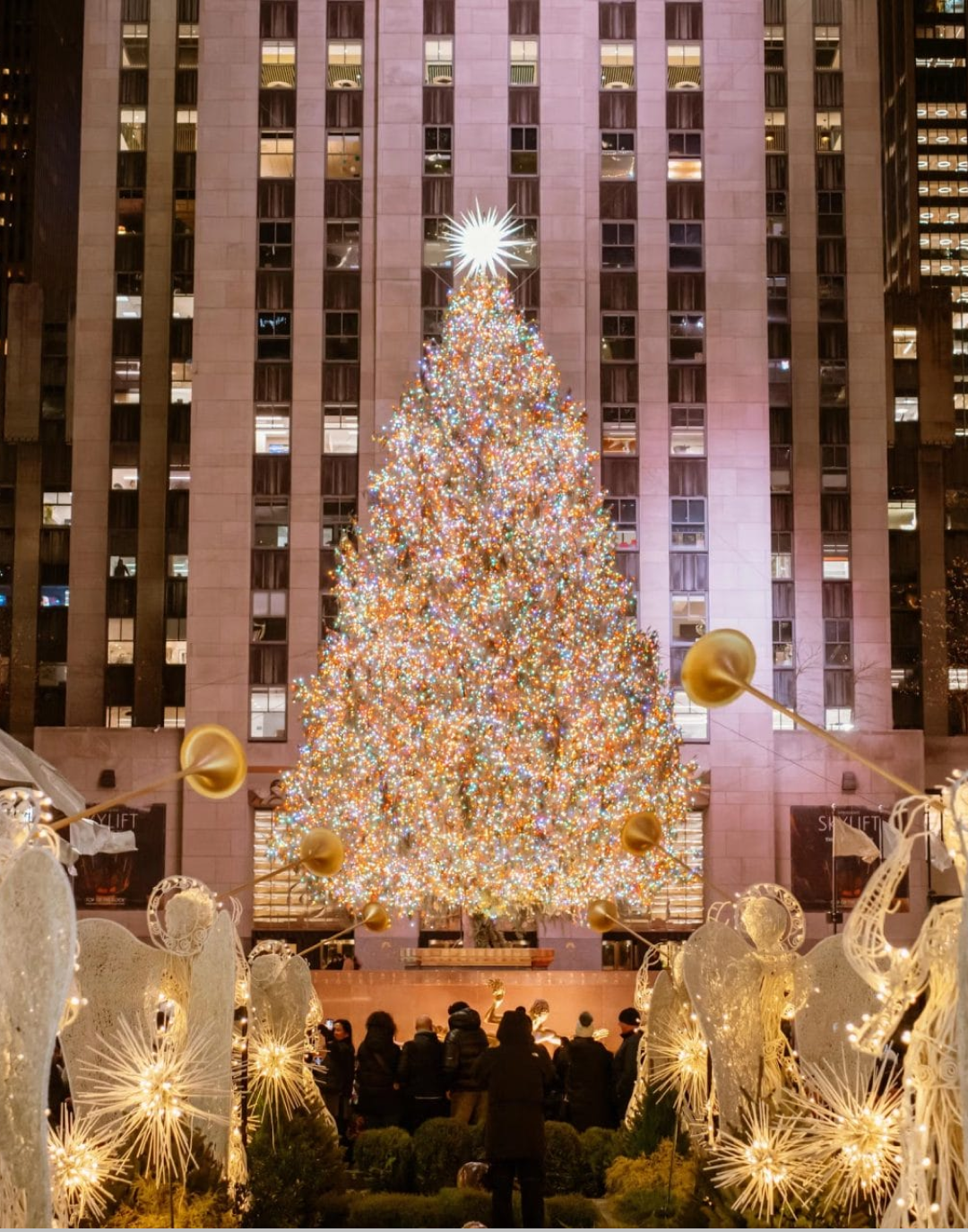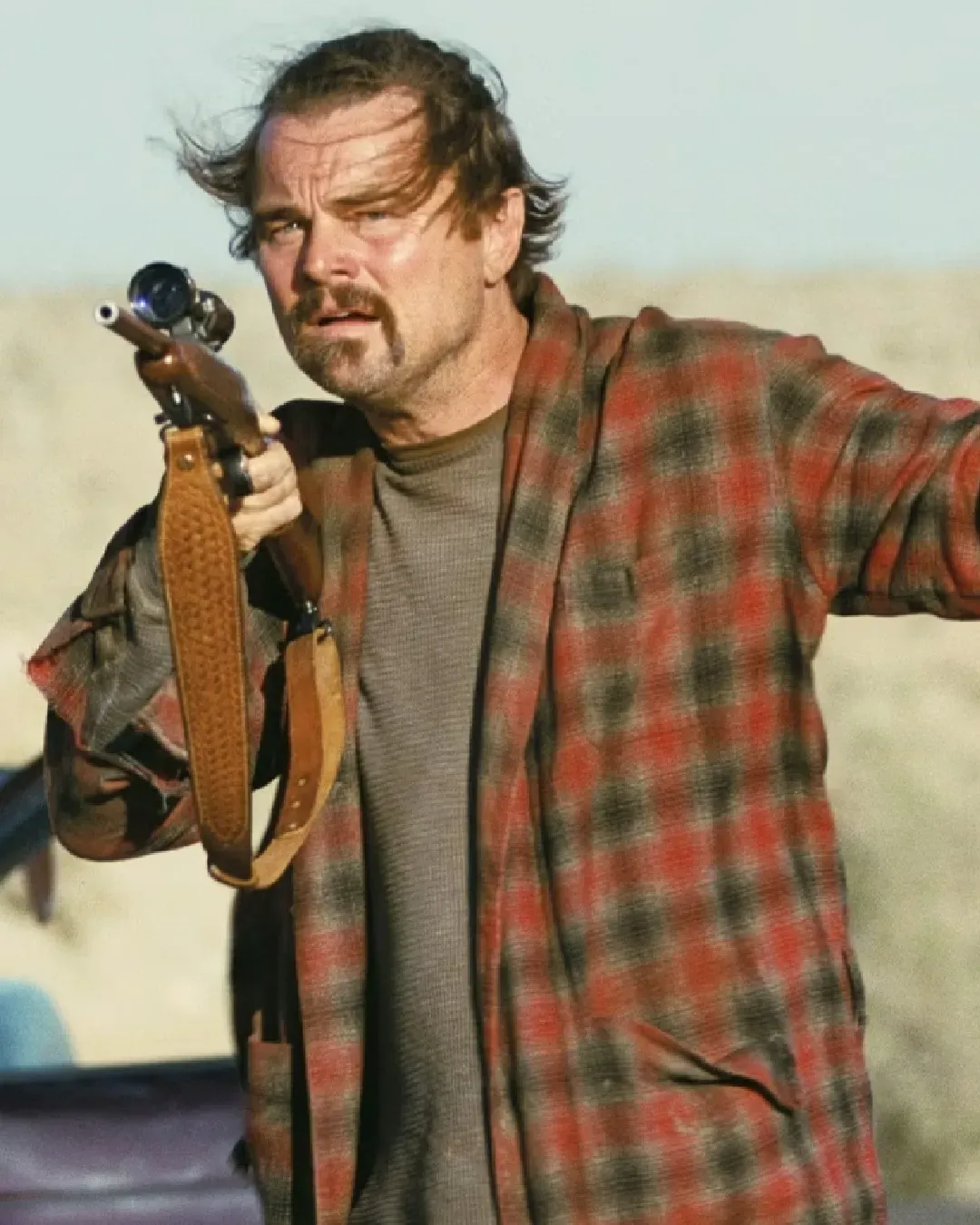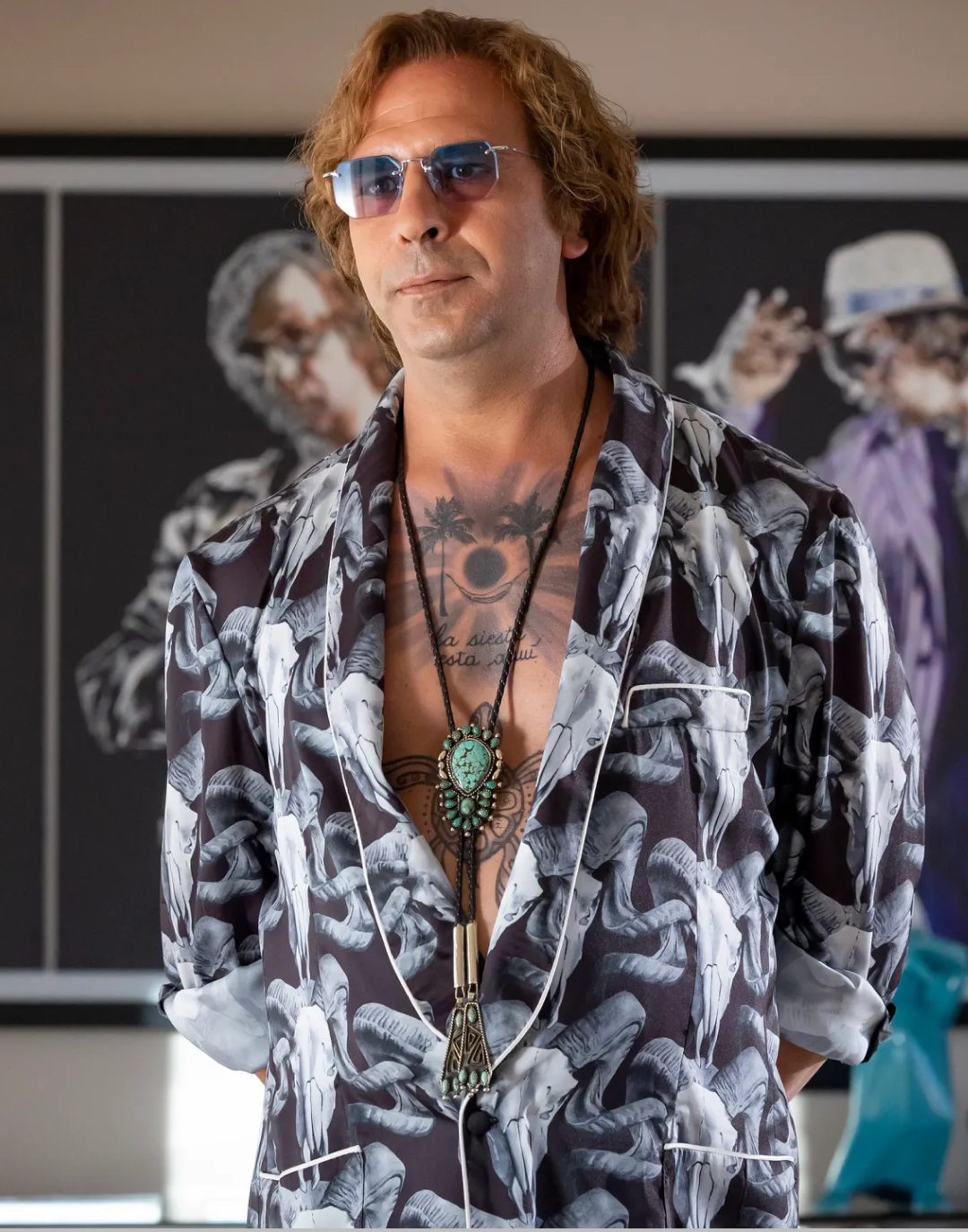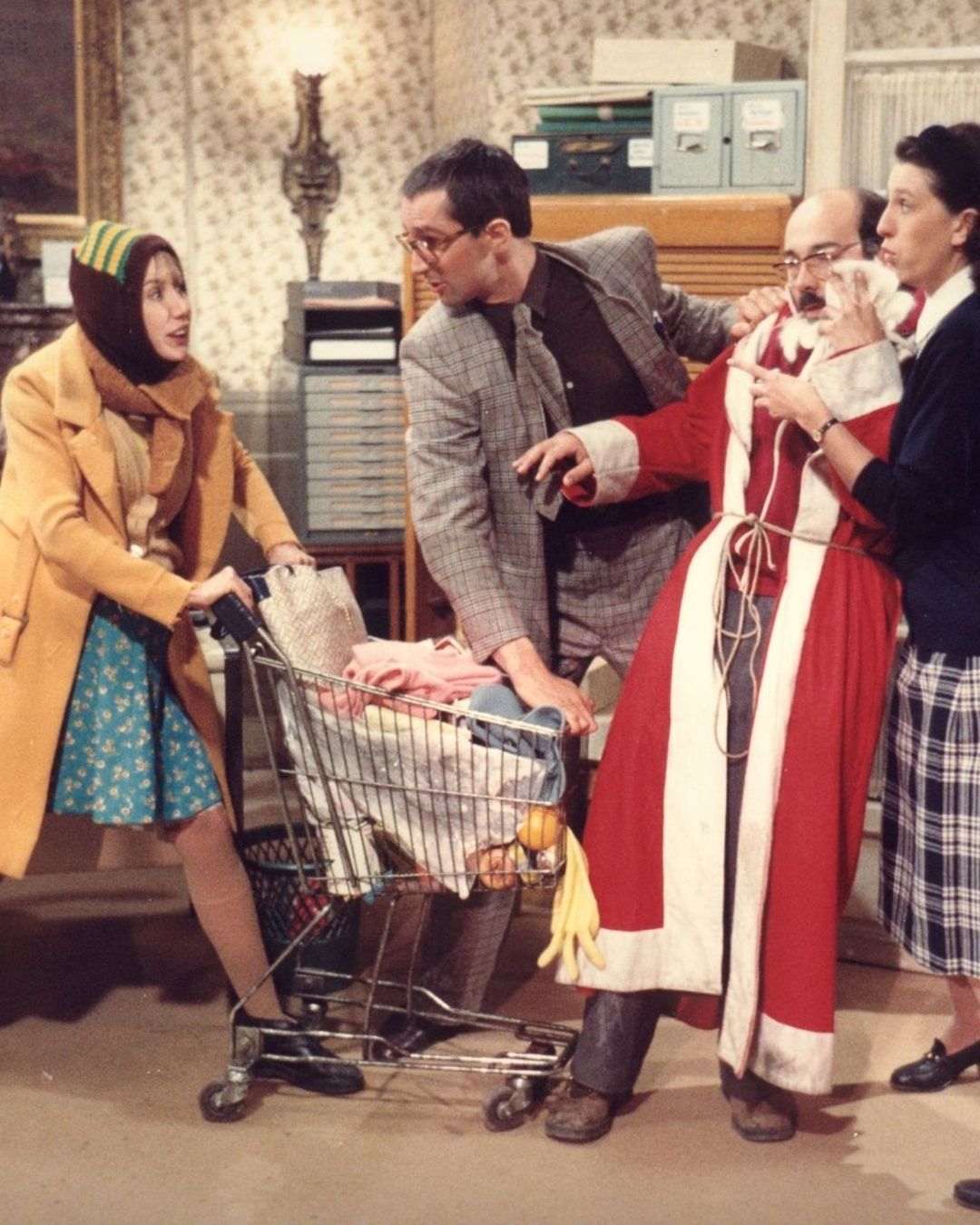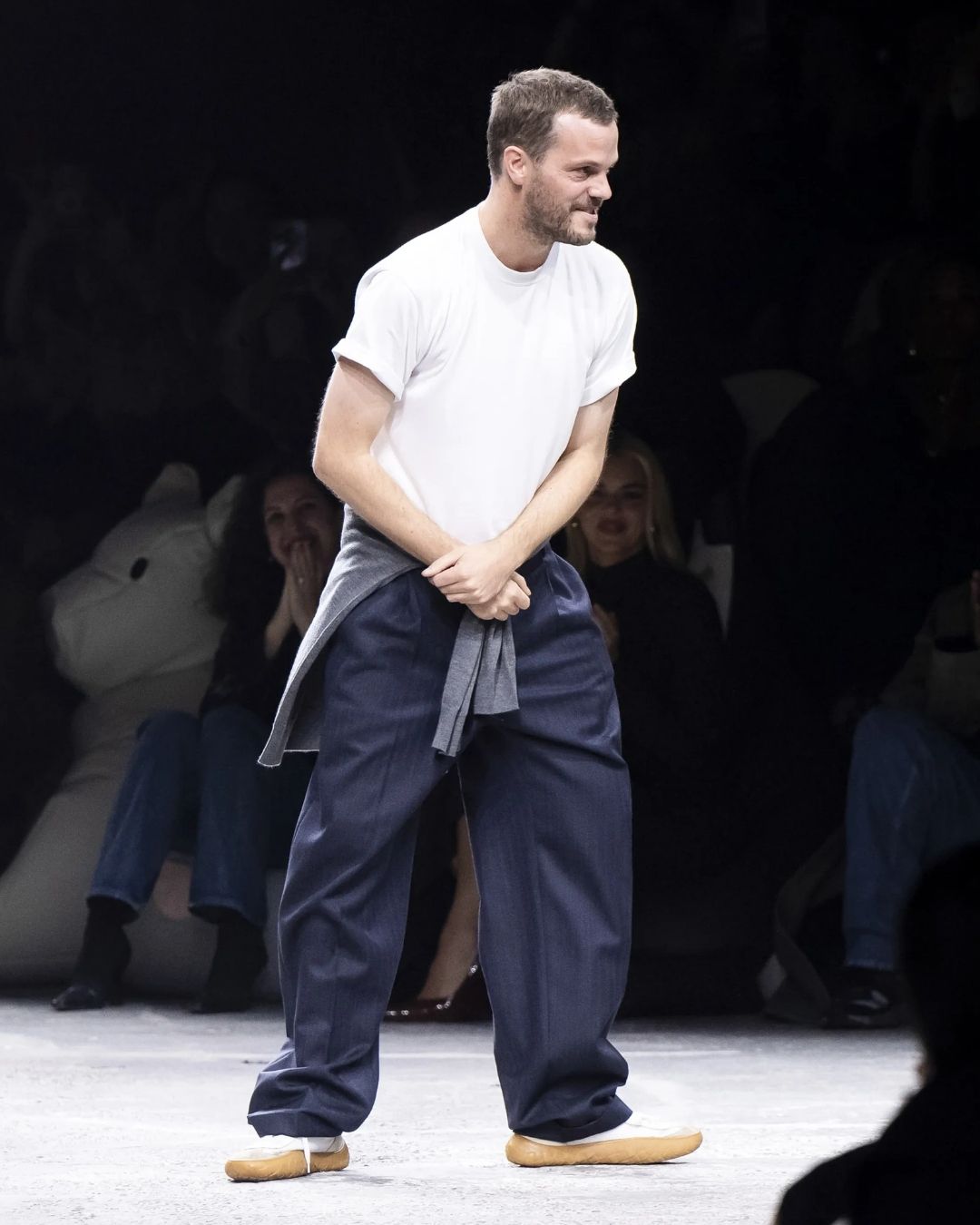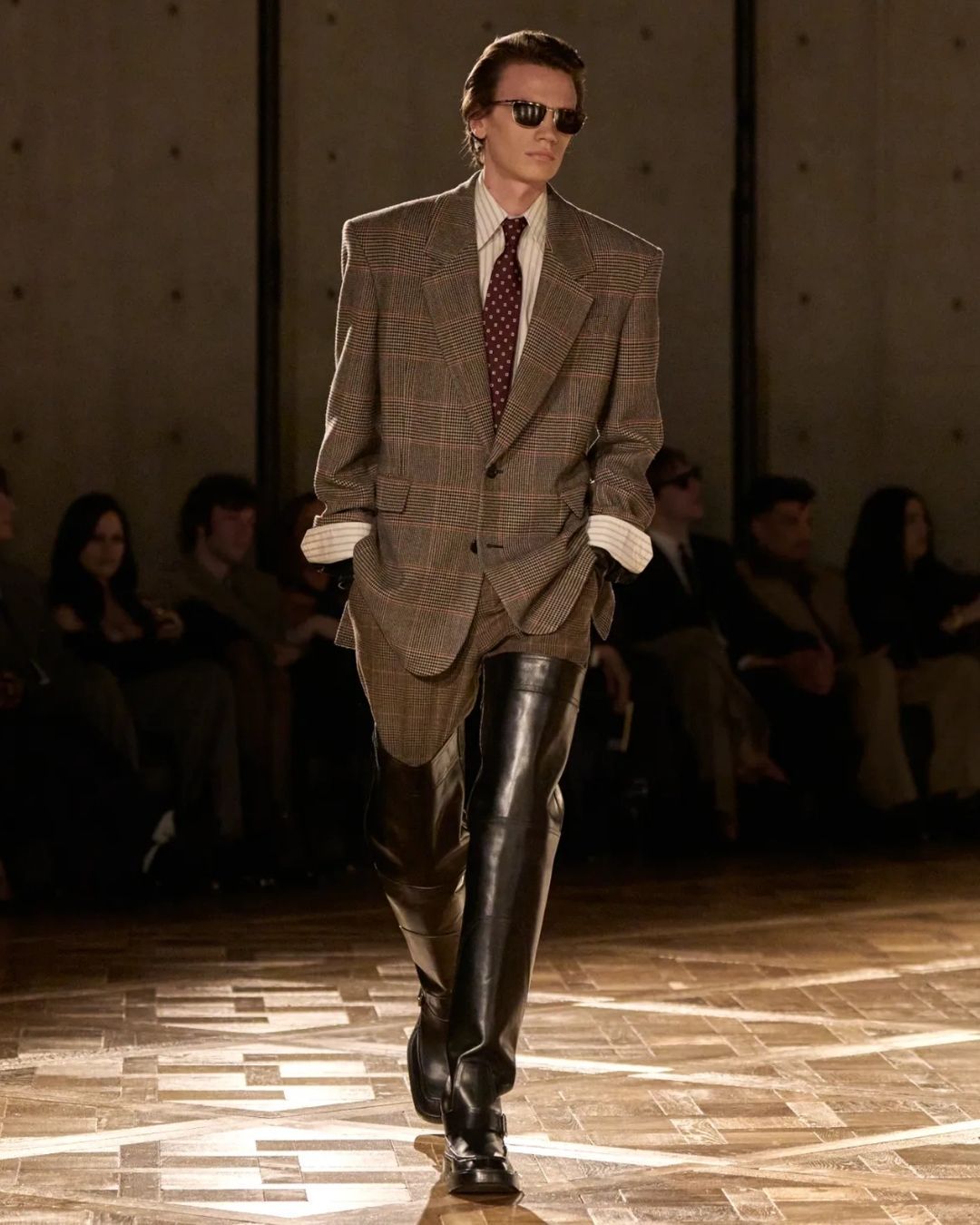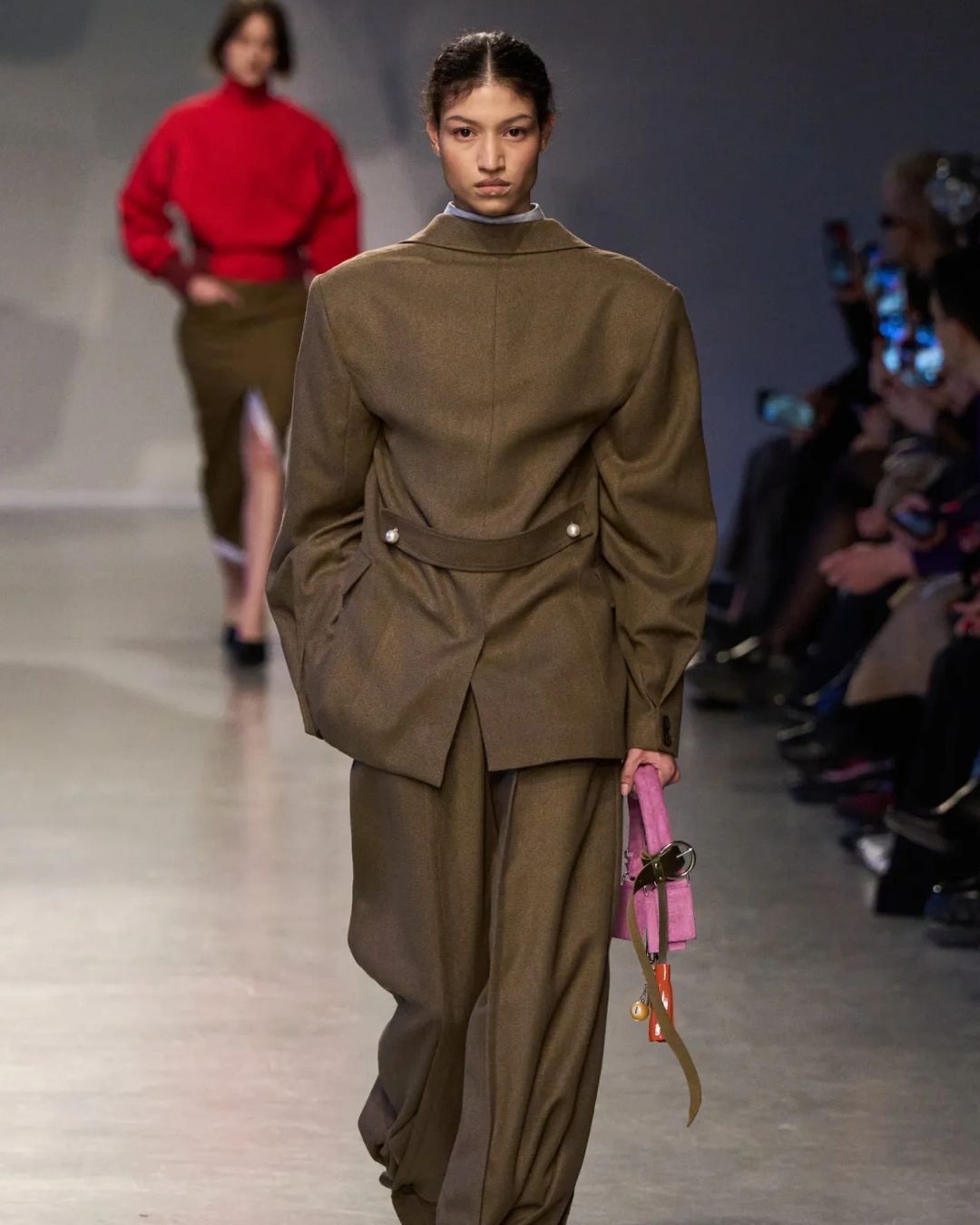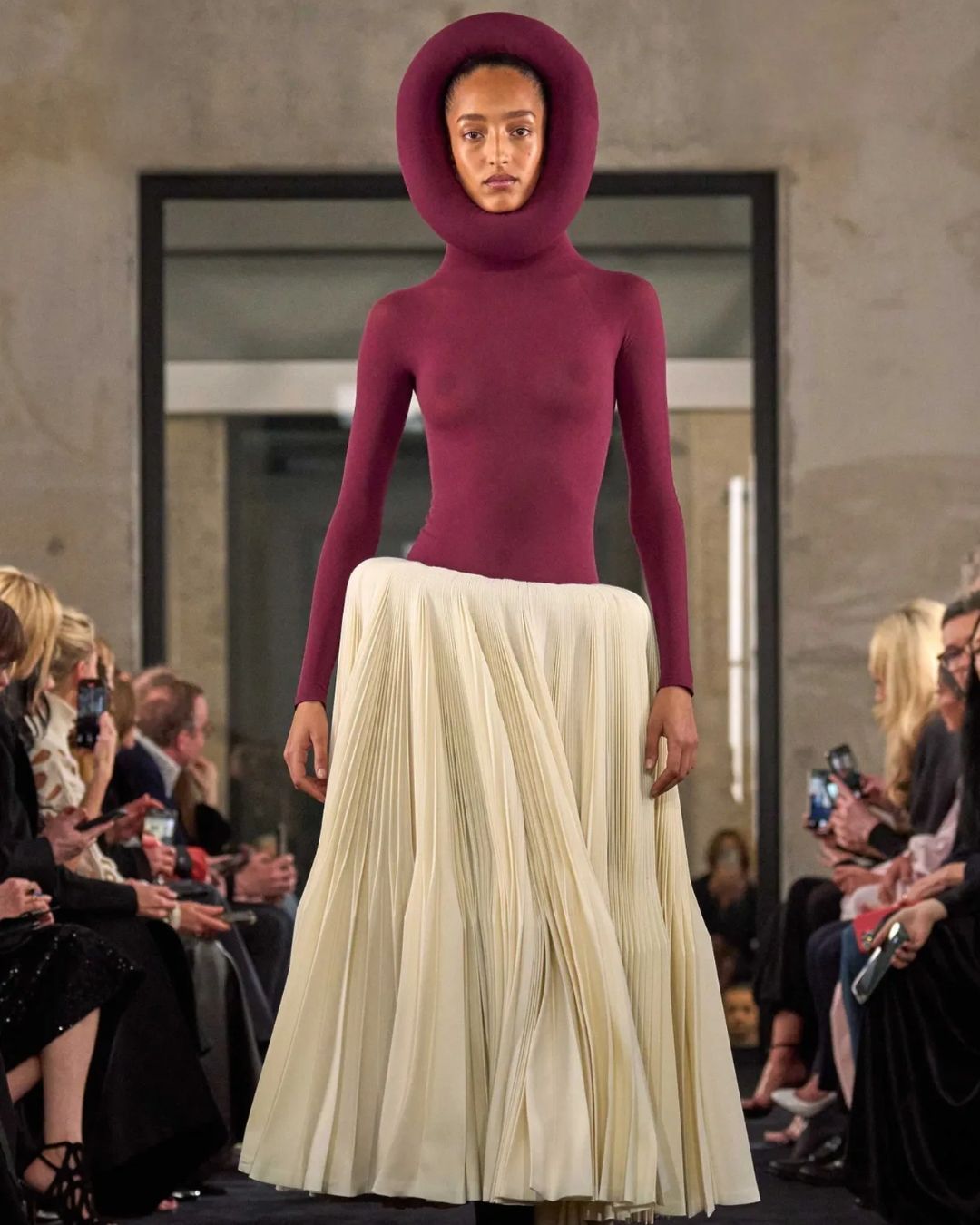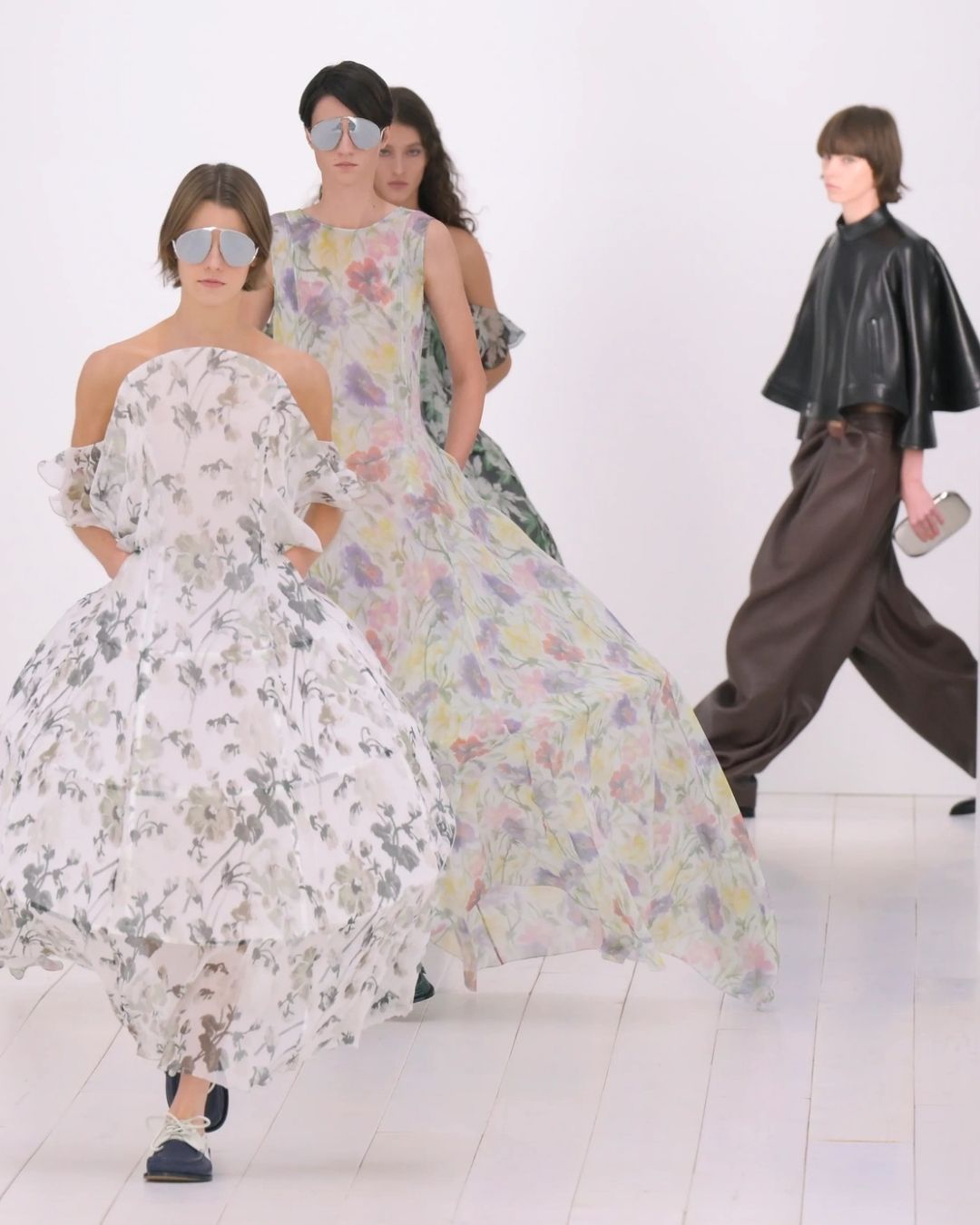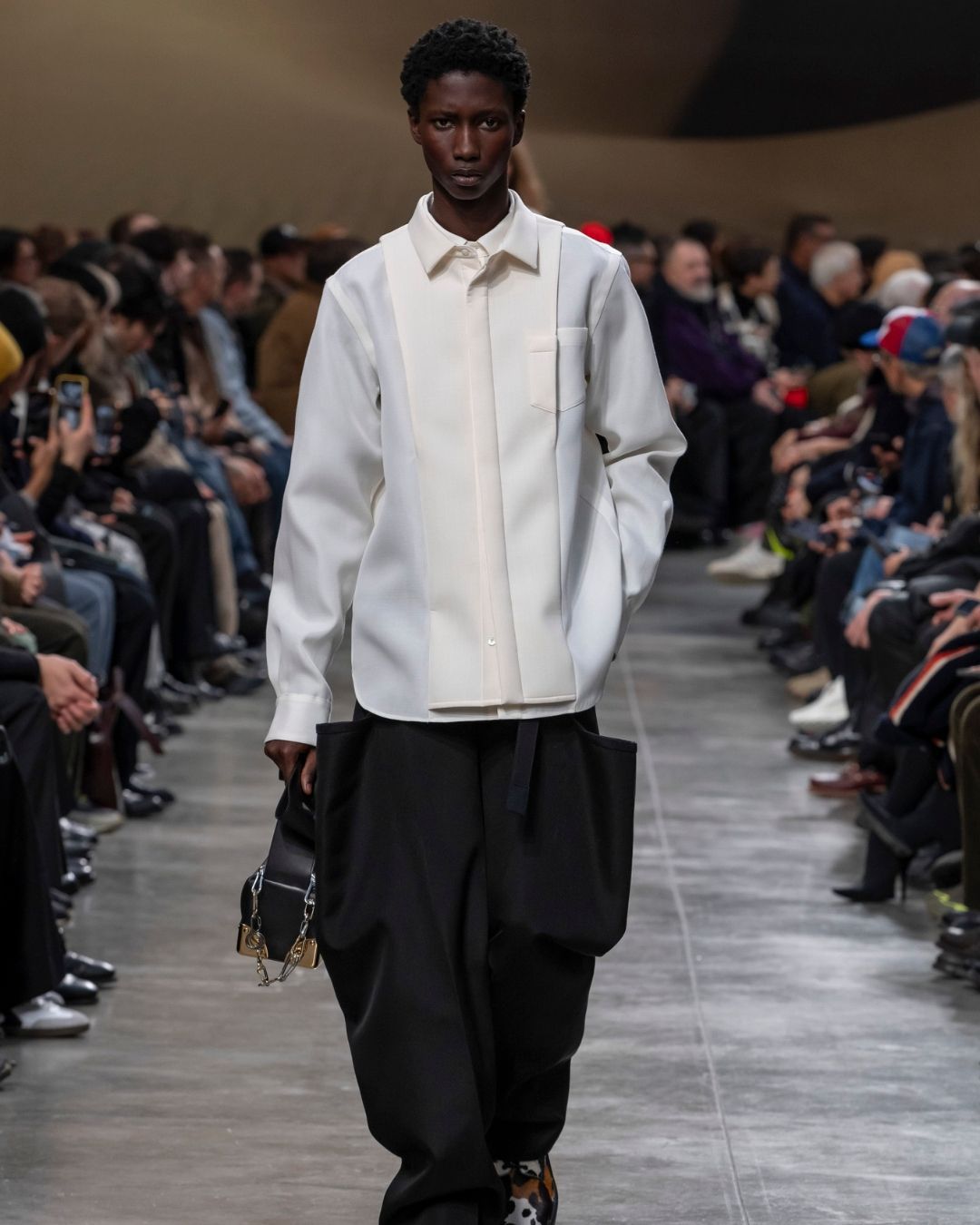
Why Paris Fashion Week remains everyone's favourite Everyone wants a front-row seat at her shows, but spots are limited
Paris Fashion Week is right around the corner, and with the official show schedule now live, featuring heavyweights like Rick Owens, Saint Laurent, and Louis Vuitton, the anticipation is already building. As the final and most prestigious stop on the global fashion month tour, Paris continues to be the one that every designer, editor, and buyer circles in bold. With 70 brands on the Spring 2026 Paris Men’s calendar, 40 of which are staging runway shows, the city is set for yet another week of spectacle. Among the most talked-about are Grace Wales Bonner, Emily Bode, Pharrell for Louis Vuitton, and, of course, Jonathan Anderson’s highly anticipated debut at Dior Men, arguably the most eagerly awaited show of the season. Paris remains the most competitive and coveted of the “Big Four.” A strong show in Paris still has the power to shape global trends, secure international buyers, and define a brand’s place in the fashion hierarchy. It truly is not just a runway, but it serves as an international platform. For designers, showing here is an earned privilege. Its fashion legacy dates back to the 17th century, when Louis XIV formalized dressmaking. Since 1973, when the French fashion federation (now Fédération de la Haute Couture et de la Mode) established the first official Paris Fashion Week, the event has stood as the fashion industry’s most influential and defining showcase.
Unlike New York’s emphasis on accessibility, London’s focus on experimentation, or Milan’s celebration of craftsmanship, Paris is where vision and precision converge. It’s arguably where fashion feels the most serious, culturally, commercially, and artistically. With its ideal central location, the unparalleled charm of Made-in-France, many of the world's most popular brands coming from its shores, and an infinite and immeasurable capacity to open doors, the French capital continues to attract both established giants and emerging talents. Even brands that show elsewhere often still anchor their identities around the Paris schedule. But while Paris remains the ultimate proving ground, it is also fiercely protected. The most coveted show slots are closely guarded, with major houses locking down prime real estate on the calendar year after year. That leaves many rising designers with the challenge of making an impact off-schedule or through smaller presentations, a tough ask in a space where visibility is everything but access is limited.
This season, visibility may prove more elusive than ever. While designers like Marine Serre are opting for presentations outside the traditional runway format, and the Institut Français de la Mode continues to spotlight next-gen creatives, the headlines will inevitably be dominated by the industry’s heavyweights. Pharrell will open day one with Louis Vuitton. Anthony Vaccarello returns Saint Laurent to the official calendar. Rick Owens will adjust his usual timing to make room for “Temple of Love,” his upcoming retrospective at the Palais Galliera. From the grandeur of Dior’s debut under Jonathan Anderson to the stripped-back intimacy of Simon Porte Jacquemus, who is closing out the week, this season reaffirms Paris as fashion’s cultural epicenter. And though the menswear calendar won’t transition directly into couture this year, the energy will carry into July, when Michael Rider unveils his first collection for Celine. Paris Fashion Week functions as a key industry barometer, where established brands reinforce their standing and emerging names compete fiercely for visibility. Even attending the shows isn’t guaranteed, as invitations are limited and often reserved for top-tier editors, buyers, and insiders. Everyone wants a seat. Not everyone gets one. But for those who do, it can certainly open doors.


